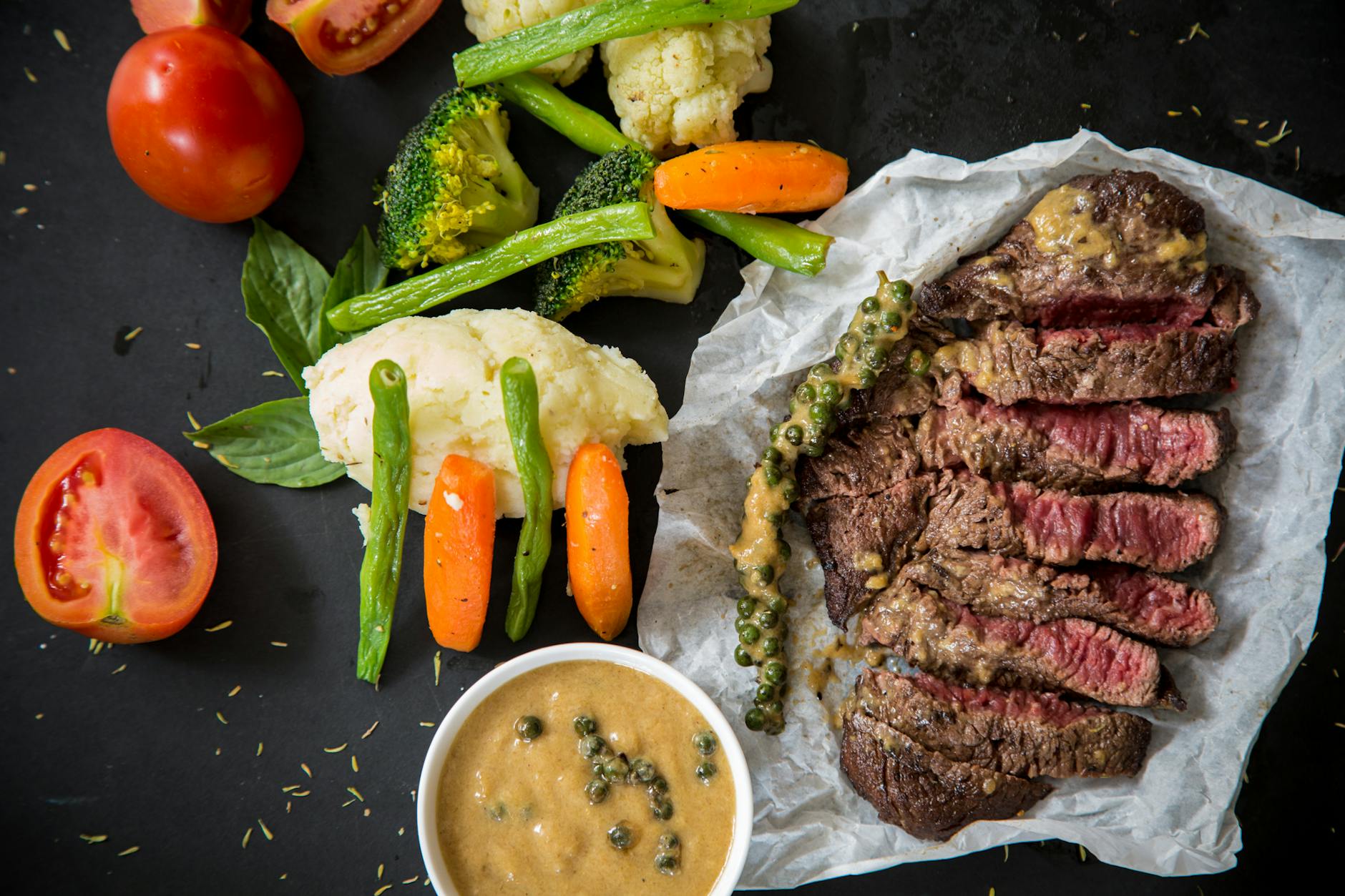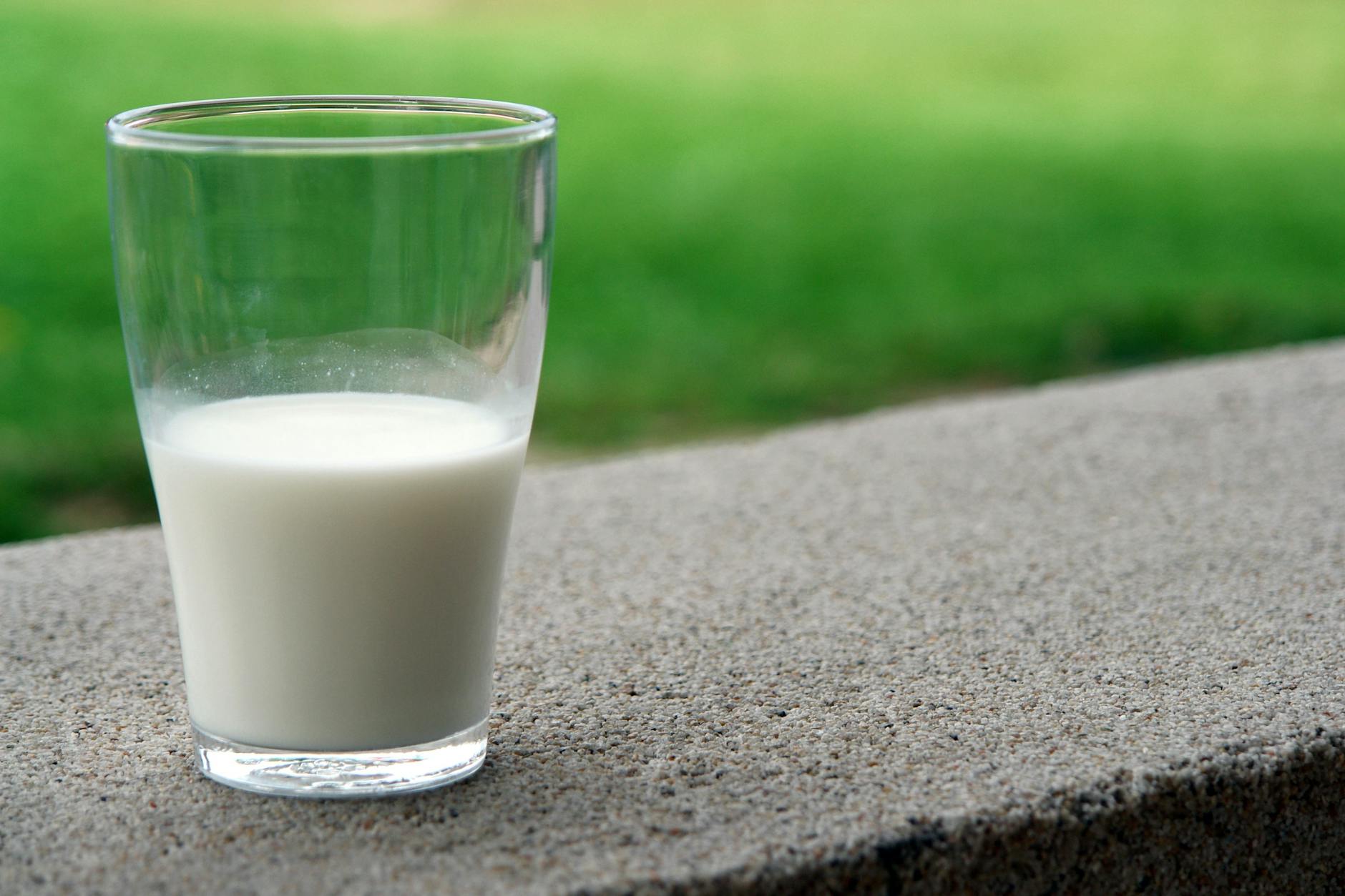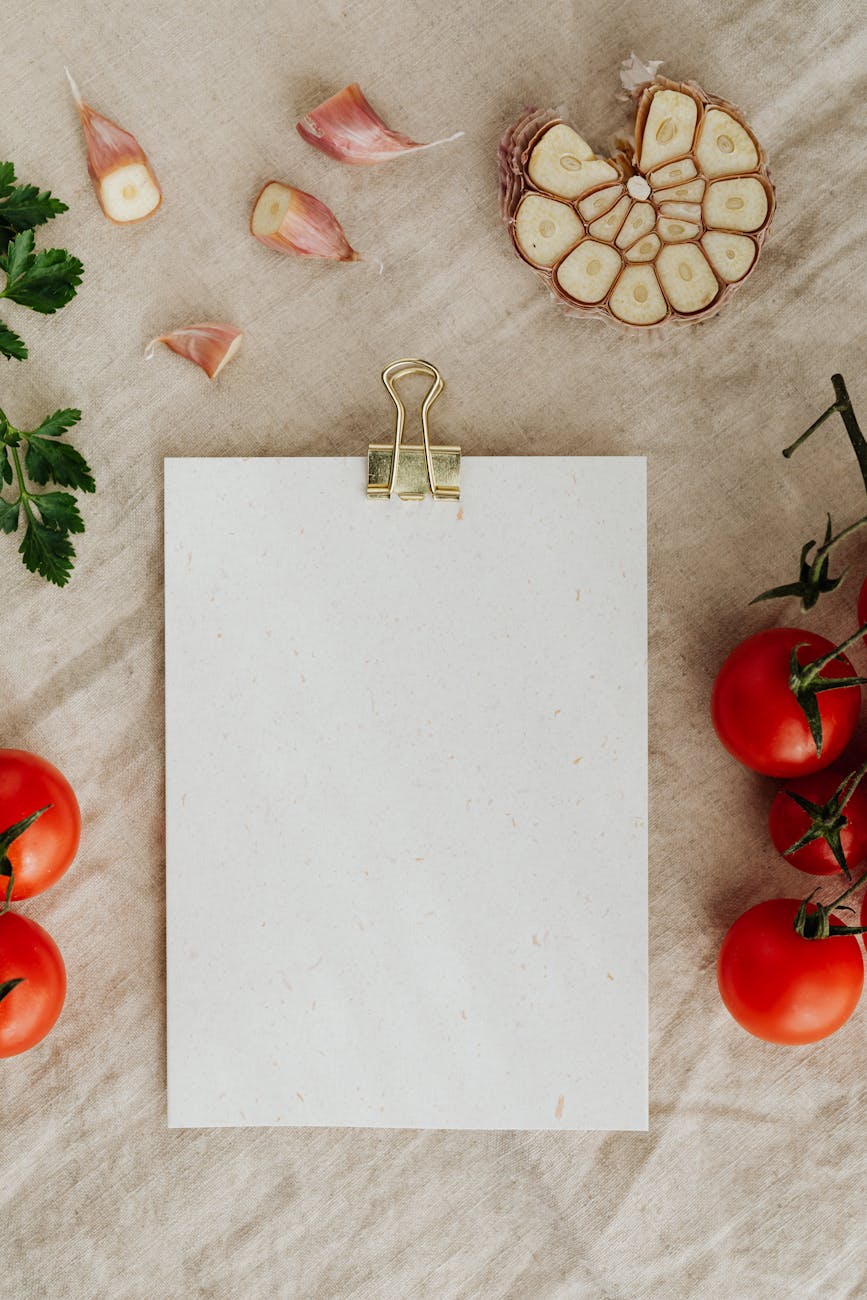April 30th, 2024
ADHD and Low Iron
ADHD has been linked to low iron for over 20 years. Studies show that kids with ADHD have consistently lower levels of ferritin, or stored iron, compared to their neurotypical counterparts. One study showed ferritin levels were on average twice as high in kids without ADHD.
Many parents are shocked to learn that not only is there a link between ADHD and iron but also that the lower the iron levels, the more severe the ADHD symptoms become. And when levels reach optimal levels (through supervised supplementation), behaviour severity decreases.
Not only that, but iron deficiency is actually a risk factor for developing ADHD1
Let’s examine why iron is so crucial for ADHD support, how to tell if your child’s getting enough, and what you can do if you suspect they’re not.
Why is Iron important for ADHD support?
Iron allows our bodies to move oxygen around the body. So, without enough iron, our bodies can’t do anything optimally. But while most people think of pale skin and fatigue as the main symptoms of iron deficiency, the other signs read like a list of ADHD symptoms:
- Difficulty learning
- Restless legs
- Trouble sleeping
- Irritability
- Low mood
- Low appetite (yes, this can create/worsen picky eating!)
- Inability to concentrate
- Memory problems
Without optimal levels of Iron, all cognitive function is impacted; from learning and memory to emotional regulation and mood.

Food Sources of Iron
The optimal way to get enough iron is through food. Unfortunately, many kids, especially if they’re picky, don’t eat iron-rich foods daily.
Here are the top 10 sources of Iron:
- Organ meats
- Shellfish
- Red meat
- Tofu
- Beans (kidney, black) and legumes
- Pumpkin seeds
- Turkey
- Fortified cereals
- Sesame seeds
- Broccoli and spinach
Many kids don’t eat these foods regularly, leading to lower levels of Iron. It’s important to note that some parents rely on fortified foods, such as the cereals listed above, to provide enough Iron for their kids. However, these products often contain forms of iron that are harder to absorb. So even if a cereal has 7 mg of Iron per serving, a child might only absorb half of that. This is also the case with many plant-based forms of Iron such as legumes and seeds.
Animal sources of iron are the most easily absorbed by our body, which is why I don’t recommend plant-based diets for ADHD (for more info, you can check out my blog about Vegan diets and ADHD.)

Risk Factors for Low Iron
Why are so many kids low in iron?
- The number one reason is a diet that’s poor in Iron. If kids aren’t eating it, they can’t absorb it. This is another reason I never recommend vegan and vegetarian diets – they eliminate many iron-rich foods like meat and seafood.
- Too much cow’s milk. Dairy interferes with Iron absorption. Many parents don’t know that toddlers should drink no more than 2 cups (16 ounces) of cow’s milk per day to prevent Iron deficiency. For kids over 2, the maximum recommended amount is 2 1/2 cups. And it’s not just milk in its liquid form. Other dairy products like cheese and yogurt can contribute to Iron deficiency when consumed in excess.
- Internal bleeding or chronic disease. A rarer cause of low iron is bleeding in the digestive tract or conditions such as celiac disease or Crohn’s disease which impact nutrient absorption.
- Intense physical activity, especially high-intensity and endurance sports increases iron loss and can lead to deficiency.
How Much Iron Does My Kid Need?
Iron needs vary based on age and gender – once girls start menstruating, their iron needs are higher than those of their male counterparts!
Daily Iron Needs by Age and Gender:
Birth to 6 months: 0.27 mg
Infants 7–12 months: 11 mg
Children 1–3 years: 7 mg
Children 4–8 years: 10 mg
Children 9–13 years: 8 mg
Teen boys 14–18 years :11 mg
Teen girls 14–18 years: 15 mg
Adult men 19–50 years: 8 mg
Adult women 19–50 years: 18 mg
Adults 51 years and older: 8 mg
Pregnant teens: 27 mg
Pregnant women: 27 mg
Breastfeeding teens: 10 mg
Breastfeeding women: 9 mg

Examples Of How To Get Enough Iron From Food Each Day
To demonstrate how tricky it can be to get enough Iron, let’s take a look at two sample menus. Each shows a daily food intake that contains just enough Iron for the average teen girl. The iron content of each food item is listed next to it.
Day 1 Sample Menu:
Breakfast:
Fortified cereal: 5-10mg
Plant-based milk
Fruit
Lunch:
Tuna sandwich: 1.5 mg
Spinach salad: 0.5 mg
Dinner:
Turkey: 1.5 mg
Broccoli: 0.7 mg
Rice or pasta
Snack:
2 tbsp cashews: 1 mg
Fruit
Day 2 Sample Menu:
Breakfast:
Quinoa oatmeal: 2.5 mg
Fruit
Lunch:
2 x Beef burgers: 5 mg
Fries
Green salad: 0.5 mg
Dinner:
Tofu and vegetable stir fry with rice: 5 mg
Snack:
1/2 cup pistachios: 2.5 mg
Most families (including mine!) are not eating a diet that looks like this every day! Without careful, regular planning, many parents can’t ensure that their kids are getting enough Iron each day.
Iron Phobia
As a Nutrition professional, I’m often asked about the safety of Iron supplementing. People have heard horror stories of Iron toxicity and become fearful of supplementing…even if they see their kids eating an imbalanced diet.
2 Important Iron Guidelines
- It’s always best to check Iron levels if your child doesn’t eat many Iron-rich foods. Not just to avoid overloading their bodies with Iron. If kids are deficient, a maintenance dose of Iron often won’t be sufficient to correct the problem.
- Supplementing with a maintenance dose of Iron is generally safe unless you have a genetic condition that increases your risk of Iron Overload such as hemochromatosis, sickle cell disease, and thalassemia. A maintenance dose is 20mg or less of elemental Iron per kilogram of body weight. For more information on Iron safety, check out Kidstar’s blog by clicking right here. While you’re there, check out their great-tasting Iron products that won’t cause stomach upset.
- The wrong type of Iron can cause stomach upset and constipation. Products labeled as iron (III) pyrophosphate elemental, carbonyl iron, or iron bisglycinate are gentler.
More Supplement Information for ADHD
Iron is just one of at least 5 nutrients in which people with ADHD are more prone to be deficient. For more information on other nutrient deficiencies linked to ADHD, check out my free ADHD supplement guide. It provides a list of the Top 10 ADHD Supplements I recommend to my private clients.
It also lists some great products that are potent enough to impact health, use highly absorbable forms of nutrients, and don’t contain harmful ingredients. Grab yours by joining my email list right here.
Managing supplements requires expertise. It is difficult for a family to do this on their own without guidance from a health professional. If you’re confused and looking for a professional to develop a how-to guide for you that details which supplements can help support your child’s mental health, reach out to book an assessment call here.
This blog is for information purposes only. This is not meant to replace the advice of a healthcare professional.
- https://www.ncbi.nlm.nih.gov/pmc/articles/PMC4212392/ ↩︎

